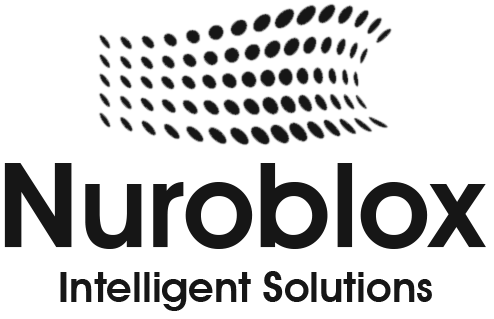Predictive AI
- Home
- Predictive AI
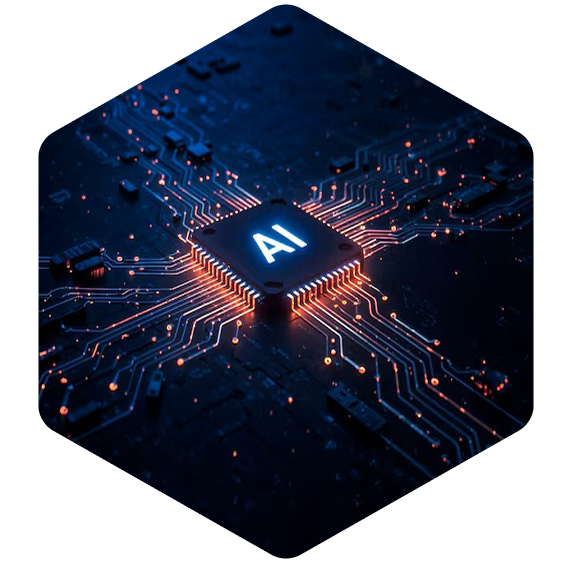
// ABOUT PREDICTIVE AI
Predictive AI
Predictive AI is reshaping the way businesses anticipate future outcomes by harnessing data-driven insights. From market forecasting to customer behavior analysis, it transforms raw data into foresight.
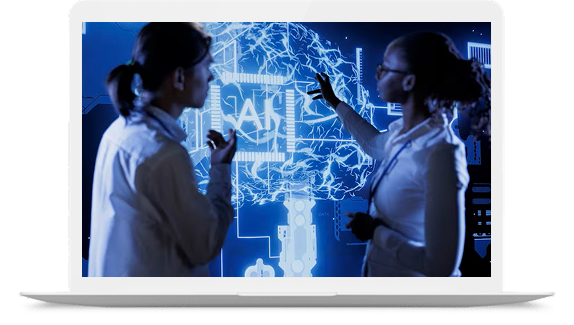
What is Predictive AI?
Predictive AI refers to the use of machine learning algorithms, statistical models, and historical data to forecast future events and behaviors. Instead of reacting to situations, organizations can proactively prepare strategies using predictive intelligence. It goes beyond traditional analytics by identifying hidden patterns and offering data-backed predictions with high accuracy.
Benefits of Predictive AI
Smarter Decision-Making
Predictive AI empowers leaders to move beyond guesswork by relying on accurate data-driven insights. Businesses can assess risks, test scenarios, and make informed strategies that align with future trends.
Cost Reduction
By predicting potential risks, failures, and inefficiencies, organizations can proactively prevent costly downtime and operational setbacks. This forward-looking approach significantly lowers expenses and optimizes overall business efficiency.
Experience Personalization
Predictive intelligence analyzes customer behavior and purchasing patterns to forecast preferences. This enables companies to create highly personalized experiences, boosting loyalty and customer satisfaction.
Experience Personalization
Predictive intelligence analyzes customer behavior and purchasing patterns to forecast preferences. This enables companies to create highly personalized experiences, boosting loyalty and customer satisfaction.
How Does Predictive AI Work?
We’re Here to Assist You and Address
All Your Questions Anytime!
Key Use Cases of Real-Time AI Decisioning
Healthcare
Manufacturing
Supply Chain

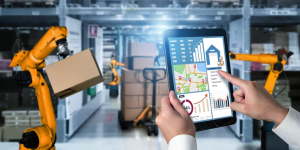

Challenges with Predictive AI
The Future of Predictive Intelligence

